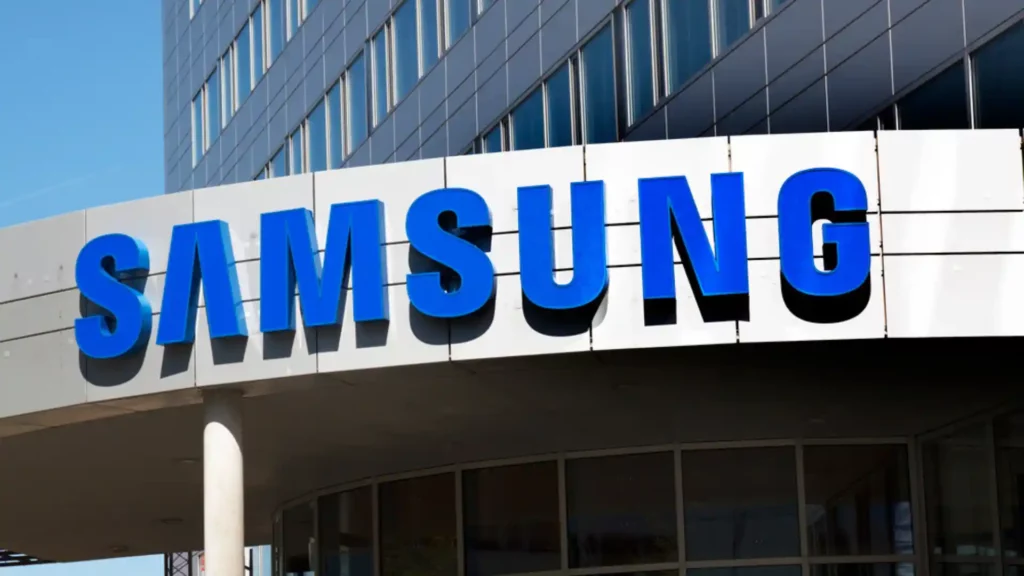Samsung plans to invest over $40 billion in the sector including two foundry fabrication sites
Biden administration to boost the semiconductor industry in the United States, has introduced plans to award Samsung Electronics Co. as much as $6.4 billion in grants. This investment is expected to bolster chip production in Texas. The investment hopes to mark an important moment in the nation’s efforts to fuel domestic semiconductor manufacturing.
Samsung plans to invest over $40 billion in the sector including two foundry fabrication sites that will produce 4-nanometer and 2-nm logic chips. The chips represent a quantum leap beyond the current technological capabilities. This is expected to be a massive project and will include a research and development site. The project will assist in producing high-bandwidth memory chips which are critical in artificial intelligence applications.
The planned allocation of funds will also facilitate the expansion of Samsung’s existing chipmaking facility in Austin. The fund allocation is poised to cater to critical sectors such as aerospace, defense, and automotive industries. High-bandwidth memory chips have the ability to give these sectors the technological know-how needed to function in a world that is becoming more and more digitalized.
Gina Raimondo, the secretary of commerce, stressed that President Joe Biden‘s overarching objective of returning semiconductor production to the United States is ideally aligned with this effort. This safeguards America’s technical potential by lowering over-reliance on foreign suppliers and serving as a powerful barrier to China’s developing chip industry.
A Win for American Innovation and Job Creation
The significance of Samsung’s investment extends far beyond the borders of the Lone Star status and it echoes in the entire national economy. The initiative is expected to increase job opportunities and as many as 17,000 people could be employed in the construction sector and more than 4,500 people in the manufacturing sector. The initiative also promises to bring energy to local communities and at the same time advance the semiconductor industry.
The Austin expansion introduces the country to a new era of innovation and helps position the United States as the center for advanced semiconductor technologies. By utilizing advanced techniques such as 2.5D packaging, Samsung aims to meet the increasing demand for memory chips.
Unlike its competitors in the industry, such as Taiwan Semiconductor Manufacturing Co. and Intel Corp., Samsung has decided not to take up loans made possible by the Chips Act. Instead, the government will provide the firm with an investment tax credit, indicating that it is committed to promoting private sector investments in the semiconductor manufacturing sector.
Samsung’s strategic moves also demonstrate its determination to maintain a competitive edge in an increasingly crowded industry. By utilizing US funding, Samsung seeks to overtake rivals such as TSMC and SK Hynix Inc. and establish itself as the global leader in semiconductor innovation.
The effects of the Chips Act are evident as over $200 billion in private semiconductor investments. Intel received nearly $20 billion in grants and loans, and TSMC on the other hand received $11.6 billion.
As the specifics of the deal between Samsung and the Department of Commerce are worked out, there is growing excitement about the concrete results of this historic partnership. The project has great potential to promote technical advancement and economic growth because funding will be released following significant production and construction benchmarks.
Samsung‘s semiconductor boost serves as a prime example of the cooperative relationship between business and government. When government supports the firms, innovation and job creation work together to move America toward a future characterized by both economic stability and technical leadership.
The US is well-positioned to regain its position as a worldwide leader in industry and innovation as the groundwork is being set for a new era in semiconductor manufacturing.
